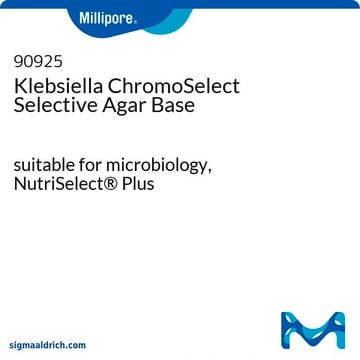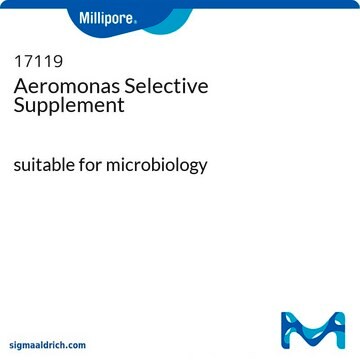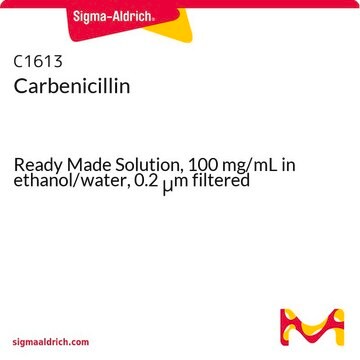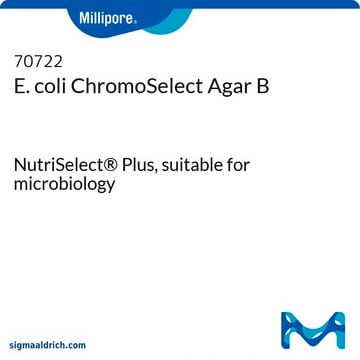15821
Klebsiella-Selektiv-Supplement
suitable for microbiology
Sinónimos:
Carbenicillin, α-Carboxybenzylpenicillin solution
About This Item
Productos recomendados
sterility
sterile
form
powder
shelf life
limited shelf life, expiry date on the label
application(s)
clinical testing
environmental
food and beverages
microbiology
storage temp.
2-8°C
suitability
Klebsiella spp.
SMILES string
CC1(C)S[C@@H]2[C@H](NC(=O)C(C(O)=O)c3ccccc3)C(=O)N2[C@H]1C(O)=O
InChI
1S/C17H18N2O6S/c1-17(2)11(16(24)25)19-13(21)10(14(19)26-17)18-12(20)9(15(22)23)8-6-4-3-5-7-8/h3-7,9-11,14H,1-2H3,(H,18,20)(H,22,23)(H,24,25)/t9?,10-,11+,14-/m1/s1
InChI key
FPPNZSSZRUTDAP-UWFZAAFLSA-N
¿Está buscando productos similares? Visita Guía de comparación de productos
Categorías relacionadas
Application
Biochem/physiol Actions
Components
Carbenicillin 25 mg
signalword
Danger
hcodes
Hazard Classifications
Resp. Sens. 1 - Skin Sens. 1
Storage Class
11 - Combustible Solids
wgk_germany
WGK 3
flash_point_f
Not applicable
flash_point_c
Not applicable
ppe
dust mask type N95 (US), Eyeshields, Faceshields, Gloves
Choose from one of the most recent versions:
¿Ya tiene este producto?
Encuentre la documentación para los productos que ha comprado recientemente en la Biblioteca de documentos.
Los clientes también vieron
Nuestro equipo de científicos tiene experiencia en todas las áreas de investigación: Ciencias de la vida, Ciencia de los materiales, Síntesis química, Cromatografía, Analítica y muchas otras.
Póngase en contacto con el Servicio técnico










